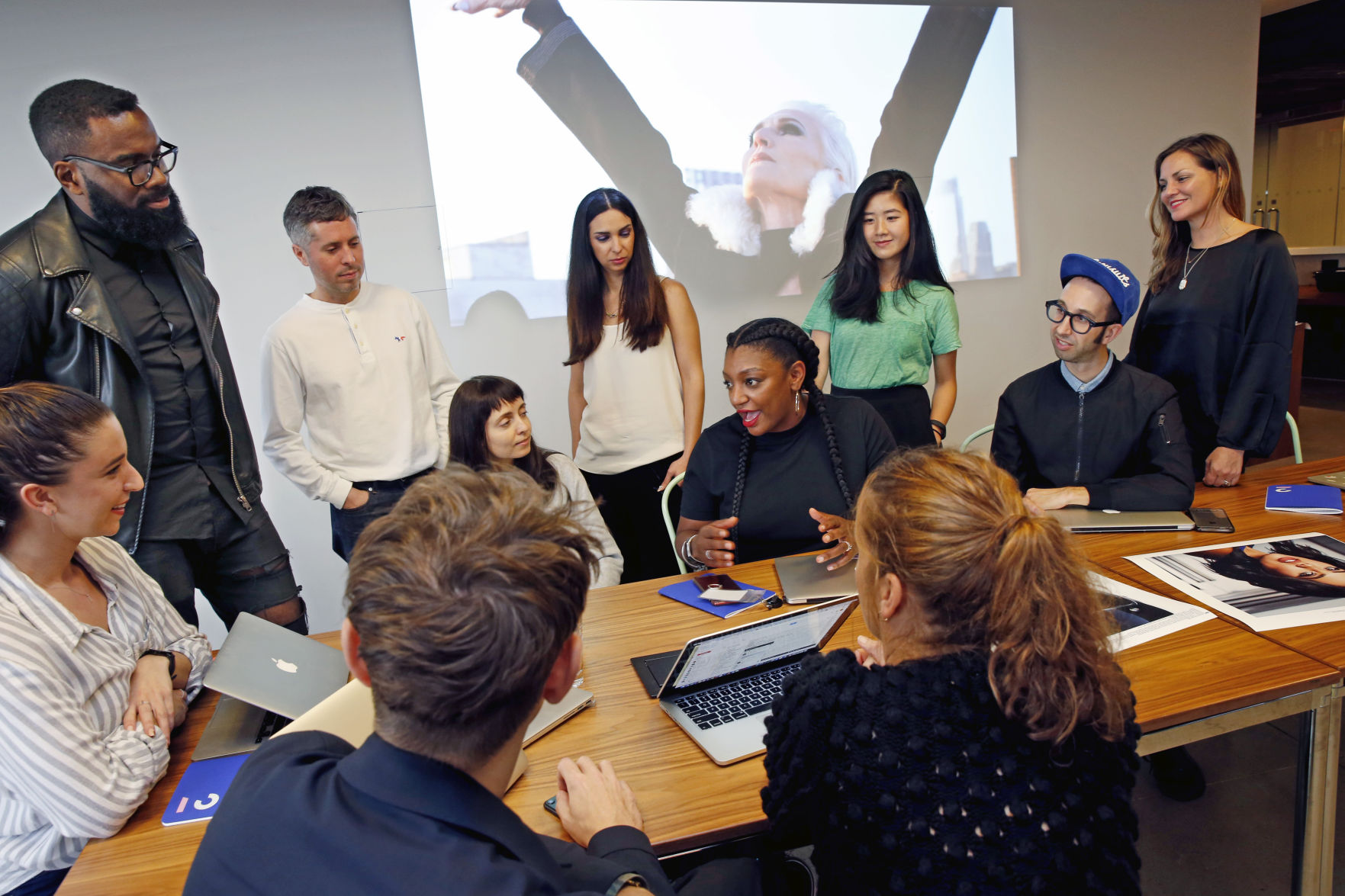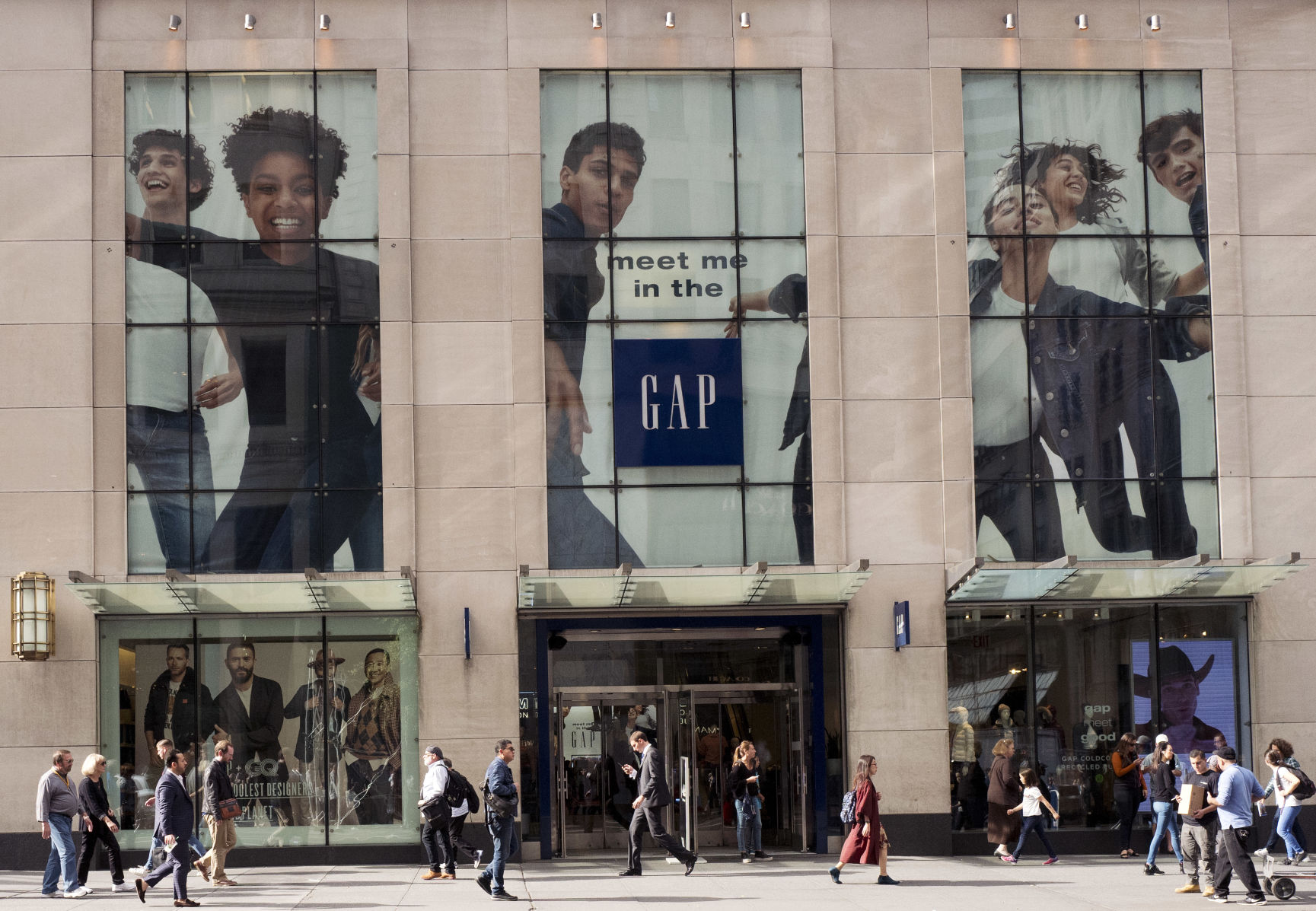NEW YORK (AP) — CoverGirl executive Ukonwa Ojo was struck when the team from an ad agency entered the room to pitch ideas for revamping the cosmetic company’s image. For the first time in Ojo’s more than 20-year career in business, she found herself working with an African-American creative director.
That meeting would ultimately result in a marketing campaign that challenges conventional ideas about beauty. It features celebrity women from a spectrum of races, ages and professions, including Issa Rae of HBO’s “Insecure,” motorcycle racer Shelina Moreda, celebrity chef Ayesha Curry and dietitian Maye Musk, 69.
“To have an African-American creative director walk in the room and present this to me, I thought, ‘Oh, my God, this is amazing,'” said Ojo, who is Nigerian-American. “I think we can see the power of the work because of that.”
Diversity in the advertising industry is becoming a higher priority for consumer product companies as they try to reach a new generation of customers with evolving sensibilities on ethnicity, age, gender and sexuality.
Many companies have come to believe that having people with a variety of backgrounds in the room can not only produce a smarter marketing campaign but also help avoid the kind of blunders Kellogg and Dove were recently accused of in today’s politically combustible environment.
Despite efforts by Madison Avenue to ramp up recruiting of minorities, just 7 percent of the 67,000 people working as advertising and promotion managers in the U.S. in 2016 were African-American, less than 5 percent were Hispanic, and about 1 percent were of Asian descent, according to the U.S. Labor Department. Women accounted for about 56 percent of managers in the industry.
In the case of CoverGirl’s makeover, which replaced the company’s familiar “Easy, Breezy, Beautiful” tagline with “I Am What I Makeup,” the team from the ad agency Droga5 had two black creative directors, Shannon Washington and Ray Smiling.
“The team that worked on this idea and this campaign came from very different backgrounds — from a male and female point of view, different races, different ages,” Droga5 CEO Sarah Thompson said. “I think that more than before, what’s important is getting that narrative, that story, right and really pressure-testing. Is it authentic? Is there anything that is going to be misinterpreted?”
On Wednesday, Kellogg apologized after the artwork on its Corn Pops cereal boxes was attacked as racist. The box shows cartoon Corn Pops hanging out in a mall. The only brown one depicted is a janitor scrubbing the floor.
Dove was similarly criticized earlier this month over a commercial for a body wash. A short version of the video on Facebook showed a black woman taking off her shirt to reveal a white woman, who then removed her top to reveal a woman with a brown complexion. Social media users accused Dove of suggesting black skin is dirty.
Dove pulled the video, while Kellogg said new artwork for the cereal box will soon reach stores. Neither Unilever, the company that owns Dove, nor Kellogg has said who was behind the content.
Other brands, including Pepsi, Gap and Nivea, have faced similar controversies.
Ojo, who before joining CoverGirl was senior global director at Unilever, said her former company “always had the best intentions,” but “as humans we always have the opportunities to make a mistake.” She added: “It can minimize the chances if you have the right people around the table.”
Having more diversity around the table is seen as a safeguard at a time when companies are under pressure to produce lots of video and other marketing content quickly and cheaply for Twitter, Facebook, Instagram and Snapchat, often with no time to test everything out on focus groups.
“In the good old days, you would have the time to take your TV ad or print campaign and do further testing. You would see how they are rating A and B ad,” said Gene Fischer, senior vice president of media innovation at Publicis Health Media. “The world of social media doesn’t allow for that.”
Aside from trying to diversify their own ranks, some marketers are turning for help to small agencies that cater to specific ethnic groups. Being Latino, a social media marketing company, has crafted ads for Bud Light, Snickers and Coca-Cola.
“My entire company, every employee comes from the culture that we are trying to appeal to,” said Being Latino founder Lance Rios. “We know the do’s and the don’ts.”
Tiffany R. Warren, chief diversity officer at Omnicom, the parent of the some of the nation’s biggest advertising agencies, got her start in 1997 through an industry program to recruit top minority students out of college. Since then, however, she has often been the only black woman in the room.
“I know my presence in the room had led to a lot of meaningful conversations and led to creative products that were more culturally sensitive,” said Warren, who is also founder of the nonprofit group ADCOLOR, which promotes diversity in the creative fields.




